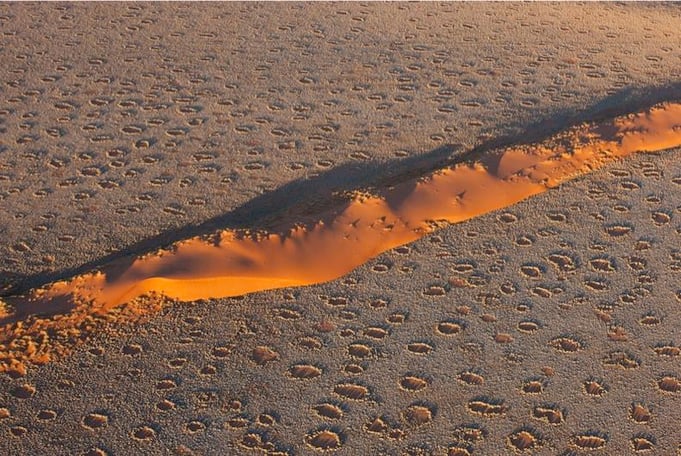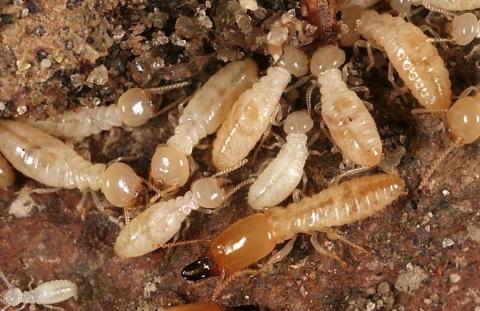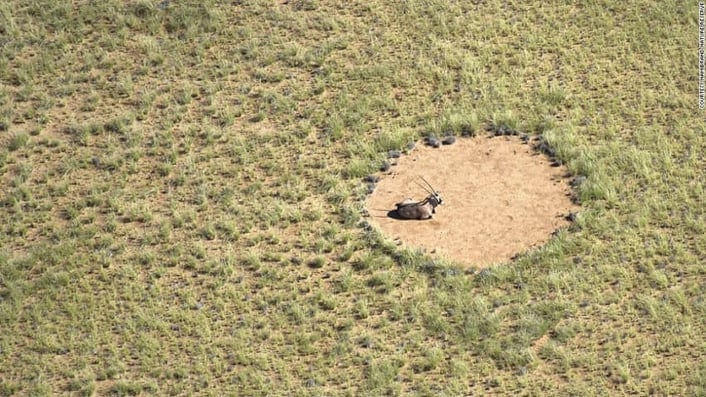We have all heard the term ‘fairy circles’ at one point or another. And as most of us do, you probably forgot about it soon after its mention. Well, who would not? The idea of small, winged creatures going around making little circles across arid regions is not exactly the most compelling thing to believe. No matter how exciting it sounds. Local mythology claims that these circles are foot prints left by the gods, or for the more daring, that they were caused by an ancient dragon who lives beneath the desert and whose poisonous breath kills the vegetation. Regardless of mythical origins, the fact that there are a series of circles scattered into the desert ground is a rather unique concept. What caused them? Why are they only in those regions? Countless questions come to mind when you start thinking about the idea.
Alright, so first off some basic background information… These circles are found mostly in Namibia, throughout the southern regions of the Namib, but have been found in Australia too. They are also not permanent, but can stick around for as long as 60 years. These strange circles have been the focus of study for quite some time now and two major theories were brought to light.
First up, the idea that these circles are caused by termites feeding on the grass located above their nests. This theory was supported by the fact that more than eighty percent of the circles investigated, had termite nests beneath them. This theory hit the rocks though, when fairy circles were found in the Australian Outback. And these Outback fairies did not make their circles over termite nests. In fact these circles did not have any termite nests in their vicinity. Instead, scientists thought that perhaps the circles are caused by the native grasses because they achieved surprisingly sophisticated levels of self-organisation in these harsh environments.
And in the early hours of 2017, ecologists from Princeton University say they have found the answer – it seems to be a combination of both! I won’t launch into complicated, scientific lingo but basically it is believed that these species are in constant conflict with one another because of the lack of resources. Meaning they do what they need to do to survive. In Namibia’s case, they believe the termites ate the roots above their nests, leading to the barren circles. And the big patches of tried earth in the centre of fields, well same basic principle. Two conflicting termite colonies that have destroyed a section of the grassland.
And of course, there is another ‘but’ coming your way. The Princeton scientists set up a simulation of the Namib to test their theory. Results showed that while the termites aided in the development of the circles, they did not actually create them. As in the case with the circles in Australia. So the research continued…and they found that vegetation has quite a big role to play. When the regions are dry and water sources are scarce, the plants send their roots down much further so that they successfully compete against other vegetation. This competition causes large circles to form on the ground surface, which supports the theory to an extent.
However, it has not yet been proven. In the end one concrete fact is that these circles are a symbol of the harsh environment of the desert. Or fairies really did create them and use them as dance floors at their parties – whatever sparks your imagination the most, works for us.
If you have any other information on these funny little termite spheres, we would really like it if you shared them in the comment section below.
Author – Jescey Visagie is a proud Namibian and is passionate about writing and language. Tag along for the ride as she tries to uncover new insights into Namibia and explores what the country has to offer.







SUBMIT YOUR COMMENT